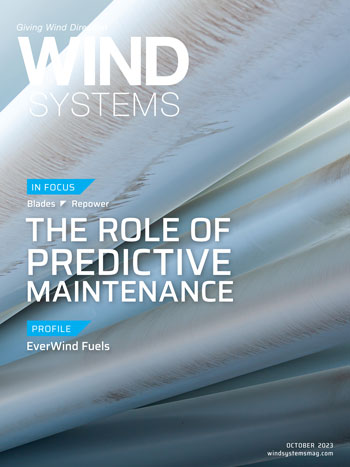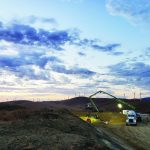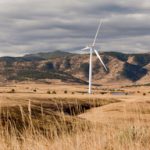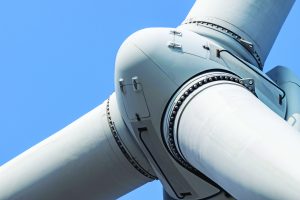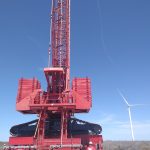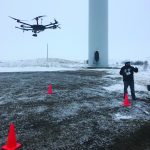As demand for clean energy rises, the wind industry is scaling rapidly to keep pace with the energy transition. With Wood Mackenzie expecting 1.4 TW offshore wind capacity to be connected by 2050, wind developers and operators are facing a myriad of pressures to maximize efficiency, minimize maintenance costs, and ensure sustainable energy production.
Among these challenges, the reliability of wind-turbine components is a critical focal point. The complex combination of mechanical, environmental, and operational factors places significant stress on components, demanding not only robust design and manufacturing processes but also effective maintenance strategies. Component failures cannot only lead to costly downtime but also have substantial safety, economic, and environmental implications.
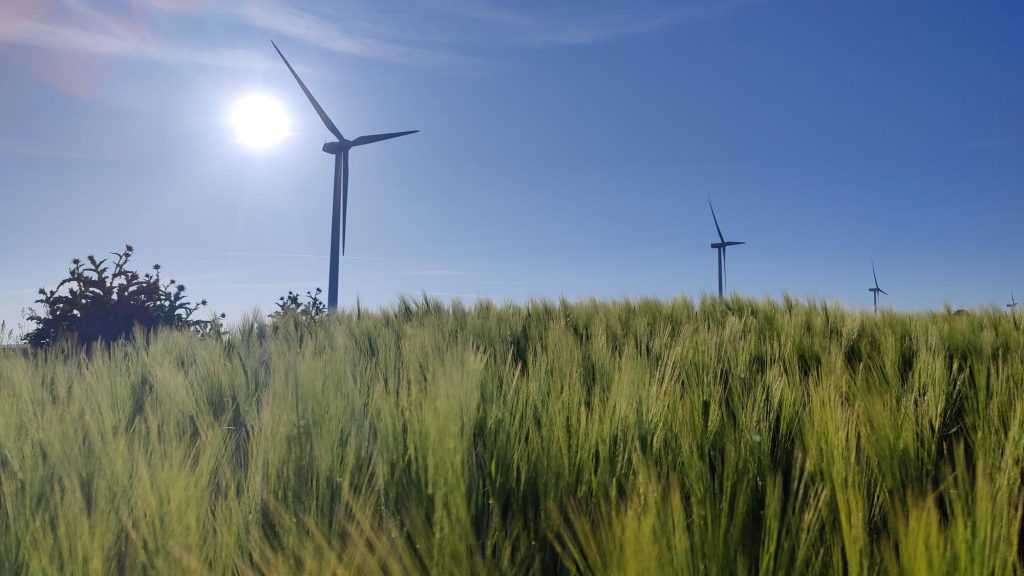
The rate of replacement of major components remains very high. Statistics show that in a typical operational wind turbine:
- More than 40 percent of gearboxes will have to be replaced in 20 years of project life.
- More than 20 percent of main bearings will have to be replaced within 20 years.
- More than 5 percent of blades will have to be replaced within 20 years.
As turbines continue to grow in size and complexity and floating offshore wind picks up pace, this makes maintenance more challenging. It is essential for operators to have advanced warning of individual component failures in order to put in place the correct maintenance strategy is implemented to monitor their assets and growing portfolios.
Assessing critical component failures
Drivetrain failures typically make up the majority of unplanned wind-turbine O&M costs. A well-maintained drivetrain helps to maximize energy generation, reduces overall operational costs, and contributes to the overall sustainability of wind power. However, the mechanical drivetrain is not immune to failure, and several factors can lead to breakdown.
Over time, wear and tear and exposure to harsh operating conditions can lead to component failure and degradation. Additionally, issues such as misalignment, lubrication problems, and electrical faults can contribute to drivetrain failures. Pitch bearings also exhibit high failure rates. They cannot easily be repaired in-situ, and a replacement can be extremely costly — requiring the whole blade or rotor to be removed. If undetected, a pitch bearing failure can be catastrophic and, in the worst cases, can result in the loss of a blade. Therefore, detecting pitch bearing failures early and optimizing the replacement strategy before a substantial failure can deliver huge cost savings.
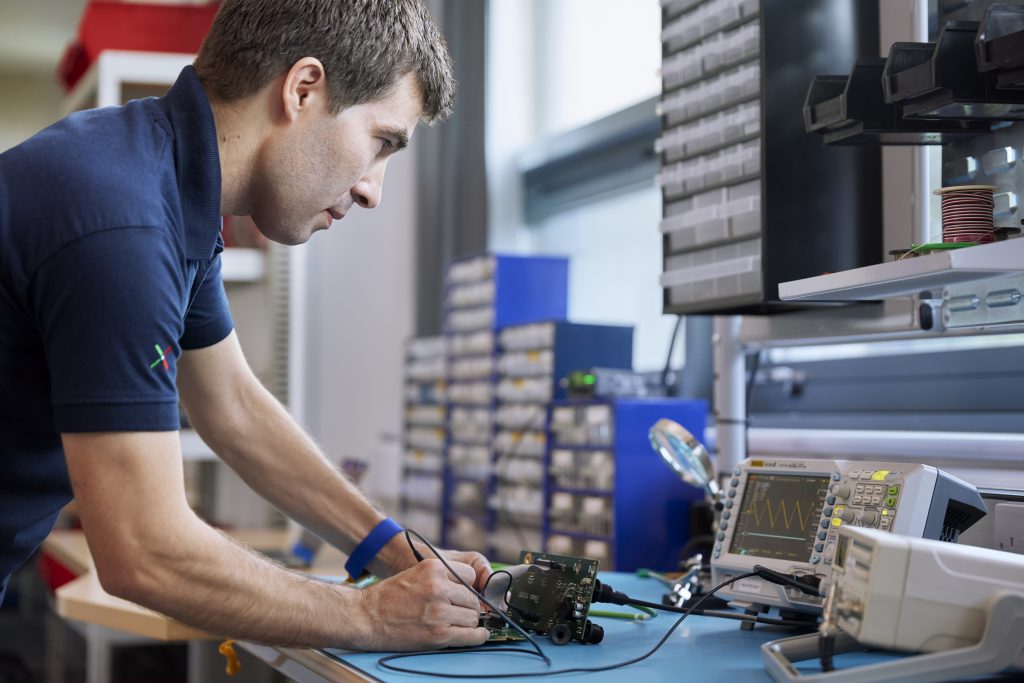
Similarly, while blades make up a relatively small percentage of turbine failures, they are one of the most challenging and costly components to fix. They are undoubtably one of the most exposed parts of any turbine, with the latest designs reaching more than 123 meters in length. Damage or faults that go undetected can have disastrous results, so early detection is crucial to assure ongoing safety, reliability, and productivity. External blade failures are often caused by environmental factors such as lightning or erosion, and these external forces can visibly damage the blade’s surface, affecting its aerodynamics and efficiency. These failures are typically monitored effectively using drone inspections or ground-based visual inspections.
Internal blade failures can be more complex and can affect the structural integrity of the blade. Additionally, the industry currently lacks widely accepted approaches to monitoring these critical failures. Internal cracks in the main spar or bond lines can develop very quickly, growing from a few centimeters to one to two meters in length within weeks or even days.
The emerging wider adoption of blade-monitoring technology will enable increasingly early detection of internal blade faults — therefore enabling low cost up-tower repair of blade defects, avoiding the huge expense of a blade replacement.
By using advanced sensing inside the blade, alongside drone inspections and periodic internal inspections, there is significant opportunity to drive down unplanned blade O&M costs.
Technology driven reliability
Major component failures have great potential to cause damage and consequential costs, and relying on periodic inspections is not an effective method for detecting most problems. Technology continues to play an increasingly important role in predictive maintenance, using advanced sensing to provide an accurate picture of a turbine’s health in close-to real time.
The benefits derived from condition monitoring systems (CMS) are widely accepted in the wind sector as a proven method to drive optimal wind-turbine performance and enable predictive maintenance. More data from more turbines means the industry is better equipped to rise to any emerging O&M challenges.
CMS technology delivers the maximum value when it is factored in from the design stage and PdM tools are introduced early. This ultimately allows for optimized O&M planning and allows operators to plan maintenance in line with component and equipment lead-times, reduce downtime and increase productivity.
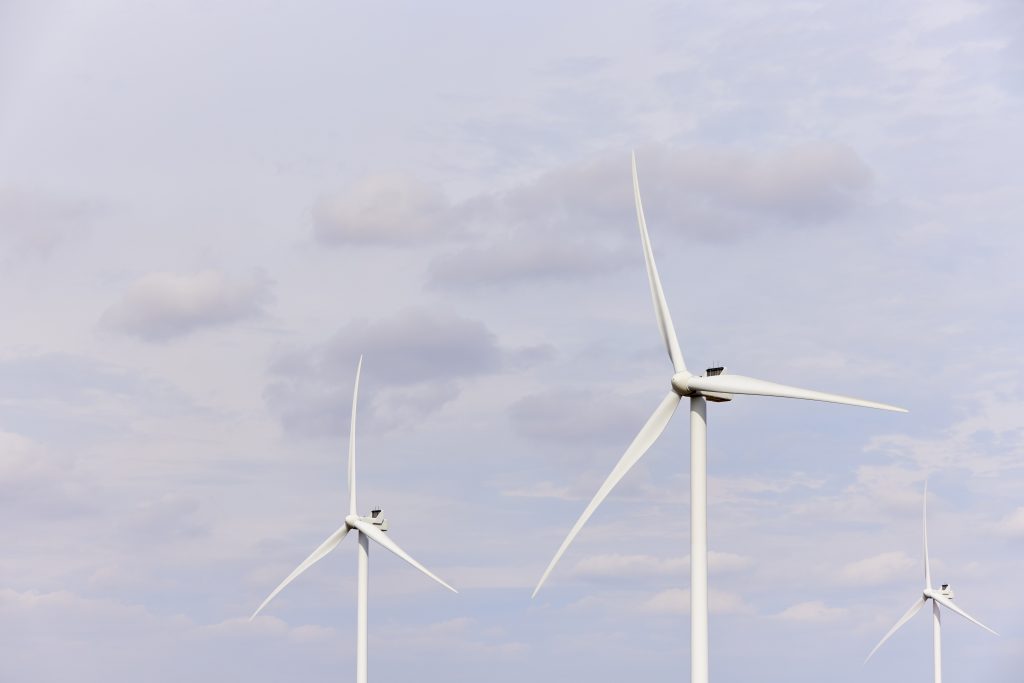
Whole turbine predictive maintenance
As CMS advances, the wind sector is moving beyond monitoring single components in isolation toward a “holistic” approach to monitoring the whole turbine with multiple types of sensing. Technology developments also mean owners and operators can extract increasingly more value from CMS and predictive maintenance tools as part of a robust O&M strategy.
There is no doubt that a “whole turbine” approach to O&M, using an integrated combination of targeted inspections based on advanced analytics and monitoring, delivers the greatest benefits and value to asset owners and operators. This approach enables operators to tackle progressive faults faster, reducing downtime and costs.
Many turbine operators are still approaching O&M reactively, with 65 percent of O&M costs currently unplanned and 80 percent of these costs are typically attributed to blade and drivetrain failures, according to ONYX’s analysis. However, by combining technology adoption with a proactive approach to maintenance, significant benefits can be achieved. This not only delivers enhanced safety and reliability but lowers the risk and, therefore, encourages much-needed investment in the sector.
Predictive maintenance strategies deliver benefits beyond those of a typical drivetrain CMS. As the demand for wind energy continues to increase, standardization of O&M will also be imperative to increasing operational uptime and reducing project costs. By harnessing the power of data analytics, remote monitoring, and advanced algorithms, holistic PdM tools empower wind-farm operators to make informed decisions that optimize performance and extend the lifespan of their assets.
In the dynamic landscape of renewable energy, where wind power plays a pivotal role, the challenges surrounding the maintenance of wind-turbine components are undeniably complex. As the demand for clean energy escalates, ensuring the reliability and efficiency of these towering giants becomes paramount. Predictive maintenance flips the script on conventional practices, shifting from a reactive to a proactive approach.
















